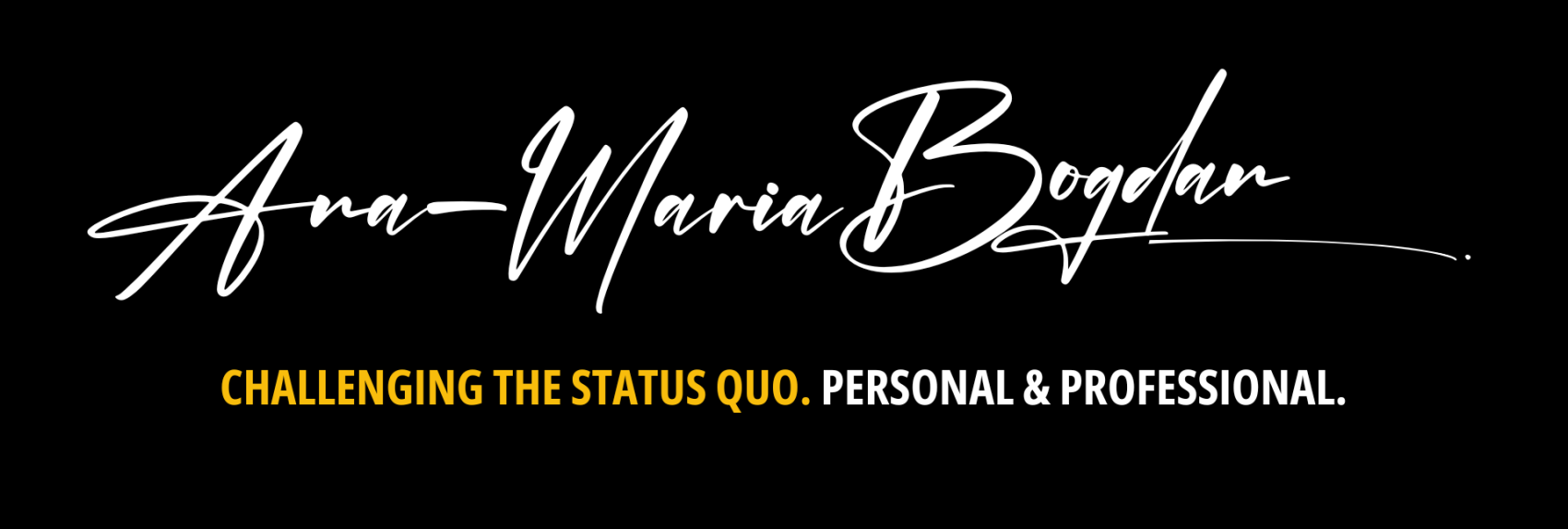Way long before Yves Saint Laurent, Tom Ford, Dior, Tory Burch and other famous designers discover the beauty of the Romanian folk costume, there was an extraordinary woman who loved …
Tag:
Romanian folk costume
-
-
June 24 of each year is the day when The International Day of IA is celebrated all over the globe. This story is about Iulia Gorneanu’s exquisite vintage Romanian IA collection.


